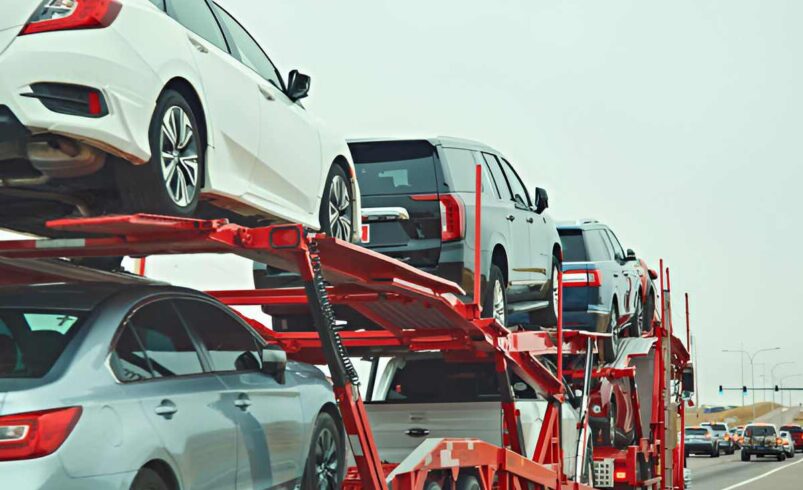Transporting a vehicle from one state to another is known as interstate vehicle relocation. Many people and companies find it essential for moving, buying cars from another state, or having a vehicle delivered to a faraway family member. From choosing the best service provider to readying your car for transport, this guide offers thorough view on interstate auto transfer.
Deciding on a Dependable Transportation Firm
Selecting a good transport company is the first stage in interstate vehicle relocation. Key is research. Search for businesses with high ratings on platforms like Trustpilot and the Better Business Bureau (BBB). Essentials is licensing; to verify their DOT number for validity, see that the company has been authorized with the Department of Transportation (DOT).
Consider these factors:
Experience: Businesses with much expertise in vehicle relocation are more likely to navigate difficulties effectively.
Check the company’s insurance to see it’s good enough to offset possible transit harm.
Some businesses offer terminal to terminal delivery; others provide door to door delivery. Select according to your needs.
If you’re considering a company that operates within a specific region, like Hampshire, you might want to check out https://www.shiply.com/car-transporters/hampshire-car-transporters for local options and customer reviews.
Expenses related to moving’s nature
Interstate vehicle relocation cost can differ greatly depending on many variables:
Distance tends to rise cost.
Kind of Travel: Open transport is typically less expensive than enclosed transport but give less security against road debris and weather.
Vehicle Size and Weight: Heavier and bigger vehicles need more fuel and room, therefore raising the cost.
Time of Year: Around holidays or during peak relocating months like summer, prices could be lower.
Getting your car ready for transportation
For guaranteeing your vehicle reaches its destination safely, preparation is essential. The following are some preliminary preparations:
A clean car helps you to spot post transport dents, scratches, or damage much more clearly.
Snap photographs and write notes of current damage before you give your vehicle to the mover.
Secure or Remove Accessories: Remove custom accessories and secure anything that cannot be removed to prevent loss or damage.
Check up on maintenance: See to it is your car is in proper working order. Avoid delays by checking battery, tire pressure, and fluids.
Keep your gas tank just 1/4 full to boost safety and lower weight.
Over the transport
Communication is crucial once your car is picked. Throughout the process, a well known firm will keep you advised. They should be ready to respond to any questions and offer updates. You should also know the delivery schedule and the method for checking your car upon arrival.
Legal and official concerns
A good knowledge of the legal side of interstate automobile travel is essential. The rules established by the Federal Motor Carrier Safety Administration (FMCSA) should be followed by the transportation business. Getting to know your rights and duties under the FMCSA regulations would be a good idea. This entails knowledge of the policy’s conditions and coverage.
Advice for an Uncompromising Moving
Planning ahead: An early booking will save you money and guarantee you have sufficient time to get your vehicle ready for movement.
Check References: Inquire from the firm for references or search the internet for consumer reviews.
Understand the Contract: Be sure you fully grasp the conditions of the service agreement, including the cancellation policy, what occurs if there is delay or damage.
Conclusion:
One should plan for interstate vehicle migration with care and deliberation. Selecting a trustworthy transportation provider, knowledge of the expenses involved, and proper vehicle preparation will all help guarantee a smooth, relaxed move. To protect your car and guarantee it reaches in the same shape it left, always be aware and hands on during the process.


